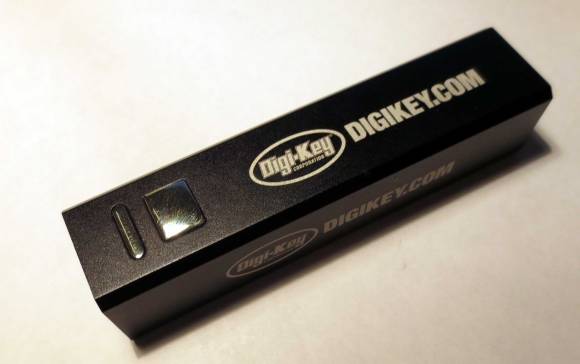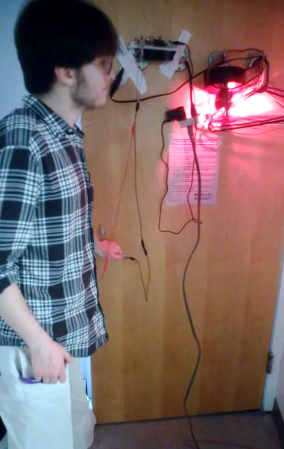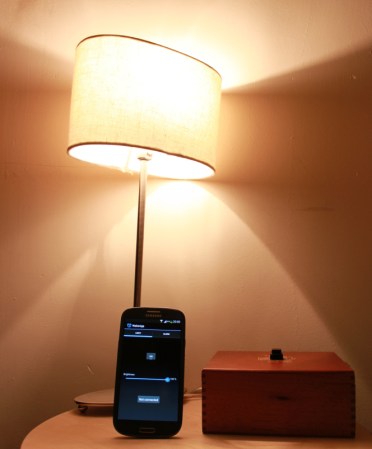[cpldcpu] recently received an external USB battery as a promotional gift and thought it would be a good idea to tear it down to see its insides. At first glance, he could see that the device included a USB micro-b socket used as a 5V input (for charging), a USB-A socket for 5V output, a blue LED to indicate active power out and a red one to indicate charging.
Opening the case revealed that most space was taken up by a 2600mAH ICR18650 Li-Ion battery, connected to a tiny PCB. A close inspection and a little googling allowed [cpldcpu] to identify the main components of the latter: a battery mangement IC, a 2A boost converter, a 3A Schottky diode, a few 2A N-Mosfets, a 300mA 2.5V LDO and an unknown 6-pin IC. It is very interesting to learn that every last one of these components seems to be sourced from China, which may explain why this USB battery is given for free. Do you think they designed it in-house and outsourced the manufacturing, or is this a product Digi-Key simply bought and put their name on?
Editorial Note: Digi-Key is an advertiser on Hackaday but this post is not part of that sponsorship. Hackaday does not post sponsored content.
Continue reading “Tearing Down A Cheap External USB Battery”


















